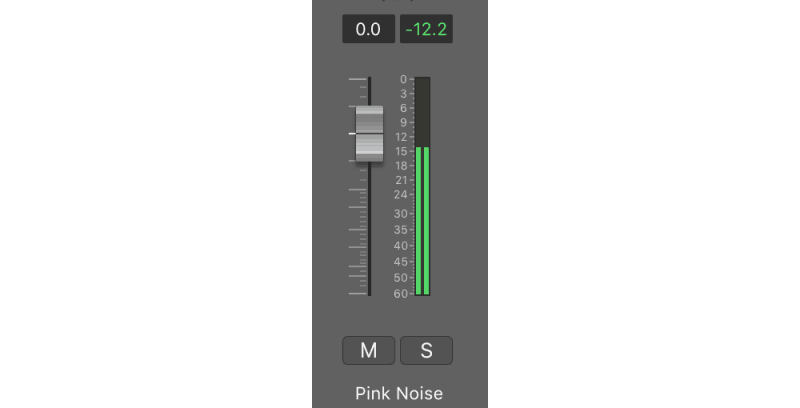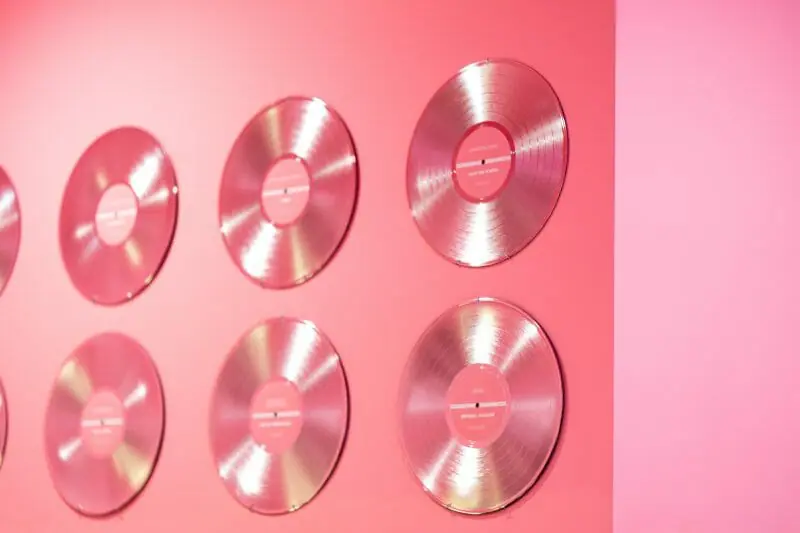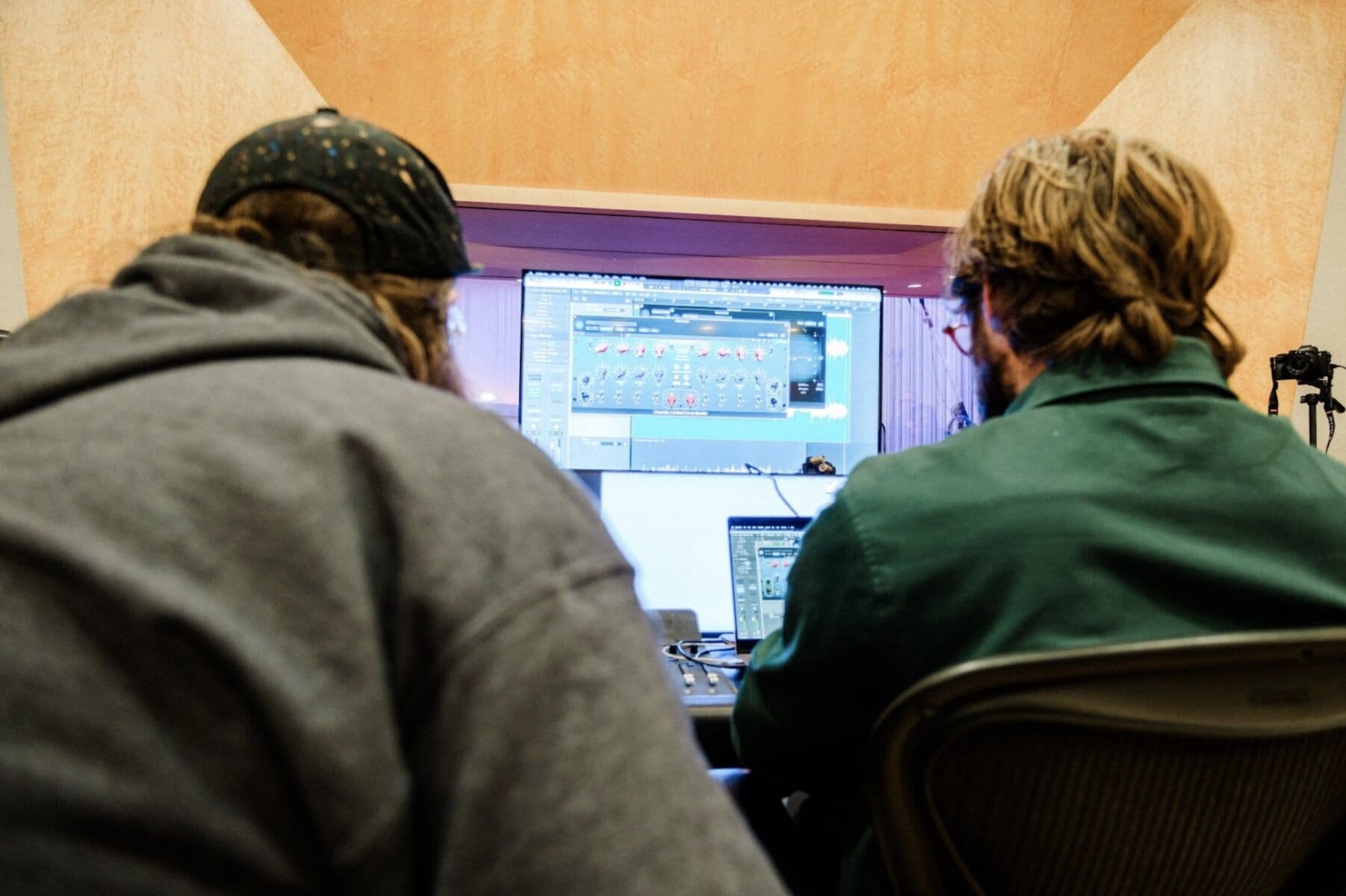Ever wondered why so many pro engineers talk about mixing with pink noise?
It’s a simple trick that can help you get the right volume balance for your mix.
In this article, you’ll learn everything you need to use pink noise while mixing. By the end, you’ll know how to get the perfect balance between your instruments every time.
I’m guessing you’re here because you want to make your mixes sound professional. We put together a brief training that covers a totally new approach to music production. Until now, everyone has been teaching production totally backward. Just click below to watch.Get industry-quality every time (steal this framework)
But if you just want to learn about mixing with pink noise specifically, keep reading.
What Is Pink Noise?
You’ve probably heard the harsh, staticy sound of white noise before. It sounds that way because all the frequencies humans can hear are present at the same volume.
Pink noise is a lot like white noise, with one important difference.
Pink noise is a static-y sound that combines all the frequencies people can hear. The lower frequencies are louder than the higher ones. Since the higher frequencies are quieter, pink noise tends to sound more mellow by comparison.

Check it out:
How Can It Help My Mixes?
By playing pink noise in the background while mixing, you can get a better mix balance.
How does it work?
Let’s take a look at the frequency spectrums for a few professional mixes.

Notice anything familiar?
These songs are in three different genres: pop, trap, and rock. But their frequency analyses have a lot in common.
In general, professional mixes have similar frequency curves to pink noise. So in order to hear your mix over the pink noise, you’ll have to set the volume of the instruments accordingly.
In my opinion, pink noise won’t be of much help when you’re EQing, compressing, or adding effects. But when you’re setting the volume balance of your mix, it can be really great.
How to Mix with Pink Noise
This trick is super easy to use. All you have to do is drop a file of pink noise into your mixing session.
If the file is shorter than your song, just copy and paste it until it matches the length of your song.
Then, set the volume of your pink noise to −12dBFS.

It’s already set to −12dBFS. So the moment you add it to your mix, you’ll be ready to go.
Once that’s done, you’re all set! You can begin mixing.
Whether you’re using pink noise or not, I recommend mixing in height order.
Mixing in Height Order

What does it mean to mix in height order?
Mixing in height order is when you add in instruments one by one in order of how loud you want them to be.
Turn your tracks down so you can’t hear any of them at all.
Then, turn up the instrument you want to be the loudest. Usually this is the vocal.
Pick the second loudest instrument, often the snare, and turn that up. Keep turning everything up in descending order.
This is a great way to make sure everything is as loud as it needs to be.
Other Tips for Getting the Perfect Mix Balance
Mixing with pink noise isn’t the only way to get a solid mix balance.
Let’s take a look at some other things you can do to perfect your static mix.
Mix in Mono
Mixing in mono can be an incredibly powerful tool for getting your mix balance right.
Use a Reference Track
This is my favorite technique for nailing the mix balance.
Choose a professional song that matches the overall “sound” you’re going for.
It doesn’t need to sound exactly like your song or anything. It just needs to sound professional and use similar instruments.
Some people worry that using reference tracks will stifle creativity. But it won’t!
Reference tracks are just there to help you get the technical stuff right. At the end of the day, the song’s mood as well as the effects you use are completely up to you.
Use a VU Meter
VU meters more accurately match human ears. Which makes them great for setting volume balance.
You can get a really solid idea of how loud each instrument will sound to the listener.
MvMeter2 is a great free option.

Just make sure it’s set to VU mode! Otherwise it won’t work how you want it to.
Record at the Right Volume

Record all your instruments at the proper volume. It’ll help maintain audio quality during the mixing process.
If your tracks are recorded well, you’ll be able to turn instruments up or down without getting unwanted noise.
So before you hit record, double-check your instrument’s volume.
You want the meter in your DAW to be hitting between −18 and −12 dB on average. If you’re peaking above −10, you’ll want to turn your input down.
Conclusion: Mixing with Pink Noise
It’s that simple! Using pink noise in your mixes is a super easy way to make sure you get a great volume balance.
By using pink noise and any of the other tips included in this article, you’ll perfect your static mix every time.
If you want to dig deeper into music production and learn what it actually takes to make mixes that sound pro… And you’re an intermediate or advanced producer… Be sure to check out the free masterclass: Enjoy!Next Steps














